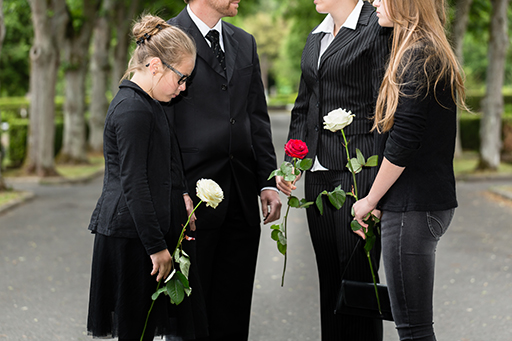8 Adjourning
This final stage is sometimes called ‘mourning’ (Figure 8). While this stage was not included in Tuckman’s original model, it is now widely recognised as an important stage, when team members start to anticipate the project coming to an end, the group breaking up and individuals going their separate ways.
Characteristic behaviour that may be seen during this stage includes:
- team members slowing down in order to prolong the task or becoming more effective in order to complete before the deadline
- morale rising and falling
- sadness that the team is disbanding and a feeling of loss
- attempts to reform for another purpose
- concern and anxiety about future roles.
Activity 7 Reflecting at the end of a project
While this stage recognises the end of the project, it is necessary for future well-being and team performance that this stage is accomplished successfully.
Consider what you could do at this stage of the team’s life to help the team complete its work. Think about what you need to accomplish in this stage before you begin to disband. Record your answers.
Answer
What you are able to do at this stage to bring the project successfully to an end is likely to depend in part on resources and time. Some of the things you may have considered include:
- identifying means of keeping in touch socially
- celebrating achievements possibly with a closing event to acknowledge individual contributions
- creating an archive as a record of your work
- acknowledging transition and feelings of loss in the team
- evaluating lessons learnt that can be passed on to future teams.

